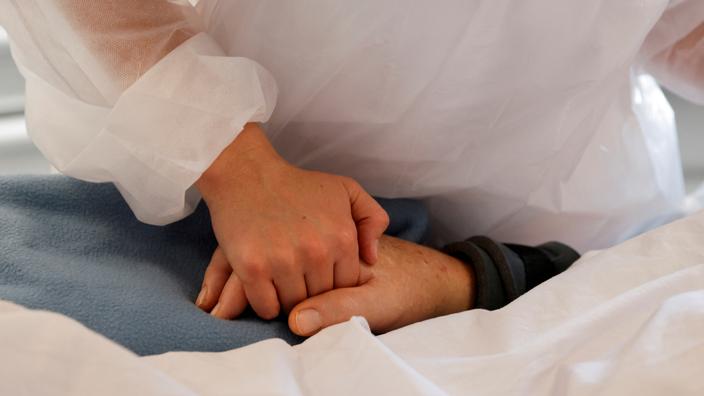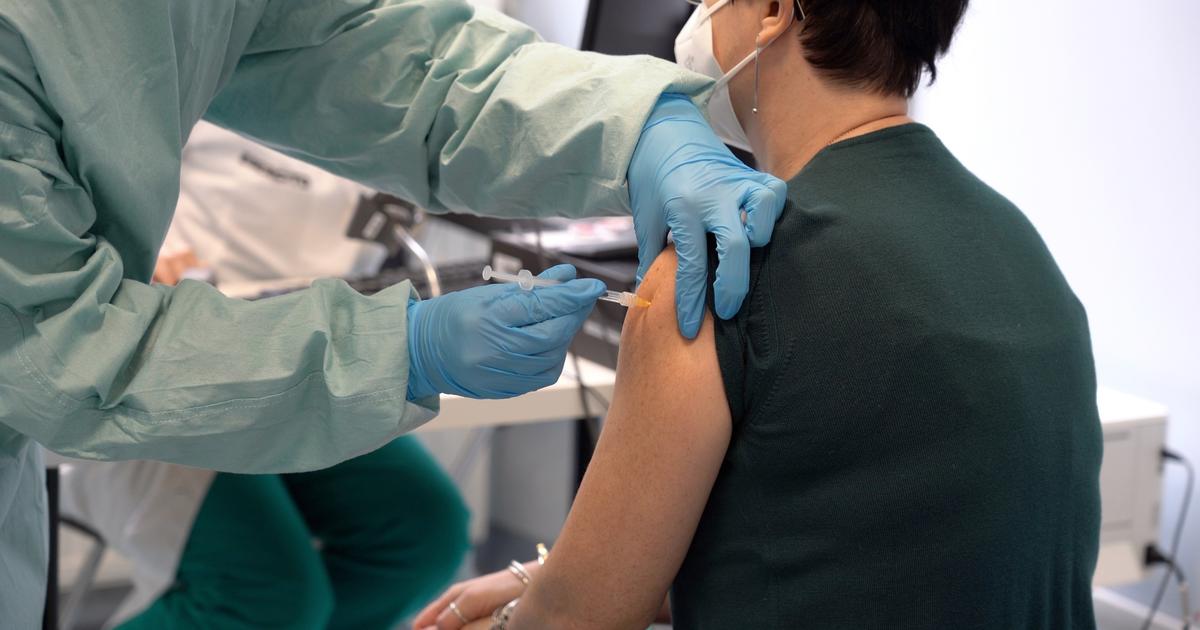The beginning of February in France is marked by renewed hope: the number of new positive cases of Covid-19 is decreasing day by day.
"The worst is behind us," said Minister of Health Olivier Véran when the WHO spoke of a probable "
ceasefire which could bring us lasting peace
" throughout the European continent.
Despite these encouraging forecasts, concern remains in a region where the cases are not decreasing: New Aquitaine.
Read alsoCovid-19: the peak of the wave has finally reached, we have to wait for the decline
Two indicators make it possible to observe this opposite trend.
First, the number of daily cases in this southwestern region is higher than the national average: according to figures from Public Health France, the positivity rate is 38.1% in New Aquitaine compared to 33.6% on all the countries.
In other regions, the positivity rate is also significantly lower than these figures: 23.3% in Ile-de-France or 26.5% in Provence-Alpes-Côte d'Azur.
Result: the number of new contaminations per day has dropped by 20% in the country, when several departments of New Aquitaine stagnate around 4000 daily cases.
A slight lag
The other indicator is the number of daily hospitalizations, where the Southwest clearly shows a trend opposite to that of the country.
Nationwide, the average number of hospital admissions is tending to stabilize or even decrease significantly, as in Yonne (-22% in 7 days) or in Alpes-de-Haute-Provence ( -33% in 7 days).
In Nouvelle-Aquitaine, conversely, the indicators are on the rise: +133% admission in Lot-et-Garonne, +20% in Gers and +10% in Pyrénées-Atlantiques.
Figures that worry, but which, in reality, do not demonstrate the existence of a real phenomenon specific to the southwest.
“
Regionalizing the Covid only confuses things
”, deplores the epidemiologist Catherine Hill who wishes to recall that “
the virus circulates everywhere
”.
For her, the explanation for an increase in cases and hospitalizations in the Southwest is quite simple: “The
region is a little out of step with the rest of France, probably because the Omicron variant arrived there later. .
It's exactly like when France was two weeks behind England last December: the country was hit later, it was out of step
.
Read alsoCovid-19: is it useful to vaccinate children under 5?
Same observation for Benjamin Davido, infectious disease specialist at the Raymond-Poincaré hospital in Garches.
“
It's a wave in the literal sense of the term, which moves across the territory with different temporalities and most often from East to West,
explains the specialist
.
Thus, the wave hit Ile-de-France around January 10 and it is logical that it would reach other regions several days or even weeks later
”.
The medical referent of the White Plan also specifies that if the movement of the virus is quite predictable, we should not try to absolutely copy to the Omicron variant what we have learned from the previous variants.
“
During the previous waves, we had a compass: the incubation time was generally 5 days, and the hospital forms often declared themselves on the 8th or even 10th day.
With Omicron, these benchmarks are no longer the same: the incubation period is only 3 days and hospital forms appear after the 12th day
”.
In short, the temporality of this Omicron wave is significantly different from previous ones, which may explain a significant shift between regions.
Read alsoCovid-19: could we charge the non-vaccinated in the hospital?
Added to this are aspects of the territory which vary according to each region: the density of the population, its age, the vaccination rate, the periods when the inhabitants were vaccinated... So many factors which create disparities.
"
In Ile-de-France for example, there are different contamination trends between Seine-Saint-Denis and Val-d'Oise because of these aspects
", insists Benjamin Davido.
“
What really needs to be monitored,
he concludes
, is hospital capacity.
If the incidence rate is the same as in Ile-de-France but New Aquitaine has far fewer hospitals or clinics, that is worrying
”.
As of February 4, hospital tension was 78% across the country, 73% in Ile-de-France and 56% in New Aquitaine.
A priori, therefore, nothing to worry about in the face of the shift in the region.















